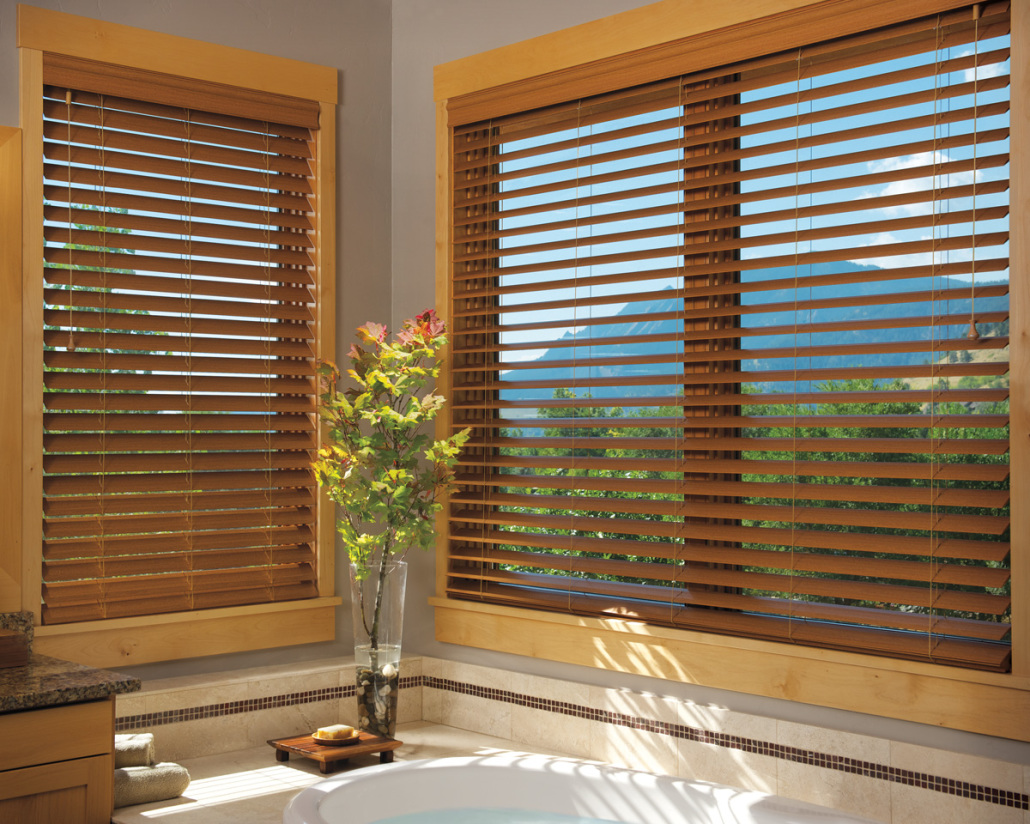It is believed from the evidences found that ancient Egyptians invented blinds, who also incorporated the functional principles of tilting the binds with the use of pulleys. However; over time, with the increased cost involved in maintaining the working mechanisms of blinds, these were not so popular.
However, blinds were always considered to be superior to curtains for their increased usability and functionality. Later, with the introduction of better mechanics and decreased pricing, blinds again became increasing popular. Now blinds are an inevitable part of home décor, and there are plenty of models available.

Blinds are in fact sophisticated machines. The basic functions of blind is to offer privacy and block sunlight in a controlled way. The modern-day blinds are adjustable and this is now considered as an essential feature of blinds. Now, the categorization of blinds is done based on this adjustability factor of the same. Coverage of windows can be done with fabric sheets or paper itself; however, if people want to adjust the level of privacy and allow partial light into the room, using blinds is inevitable.
Blinds are available in vertical and horizontal designs to accommodate the specific needs of windows or doors it cover. Controls are basically used for opening, closing, and tilting functions. Blinds are available in various shapes, colors, sizes, and materials. However, all irrespective of the type, are able to perform the mechanical functions to meet the consumer needs. The quality of a good blind is decided on the basis of the smoothness of such operations and reliability.
Working Mechanism
Blinds have two basic mechanical functions primarily;
- Raise
- Tilt
In vertical type blinds, raising is replaced by traverse function. However, the end result of these operations is to adjust the light coming in and control privacy. In horizontal type blinds, metal blinds are available in the form of horizontal slats in various sizes. There are also different materials used as wood or faux wood to make slats. There are different sizes and operating components also available. With modern day blinds, you can decide even the angle of light falling and there are many other advanced features also to try out.
The functions of most blinds are operated with cords for ease of operation. Tilt function of horizontal blinds and vertical blinds is assisted by a tilter mechanism incorporated to the blinds. There is a geared actuator, which makes the blind rotate to the set position and allow light partially or be full open. In horizontal blinds, the tilt is achieved with the help of a cord and cord lock allowing the operator to lock blinds at a desired level. In vertical blinds, traverse function is operated by a cord, which can traverse the carriers to the desired level.
There are different providers offering many add-ons to these mechanisms called as “enhancements” as unique specialties of their products. Some such options are mono-command controls, plastic / metal chains for operations, metal weights, bottom rail and valance designs etc. However, all such unique enhancements may increase the cost and sometimes also become difficult to maintain.